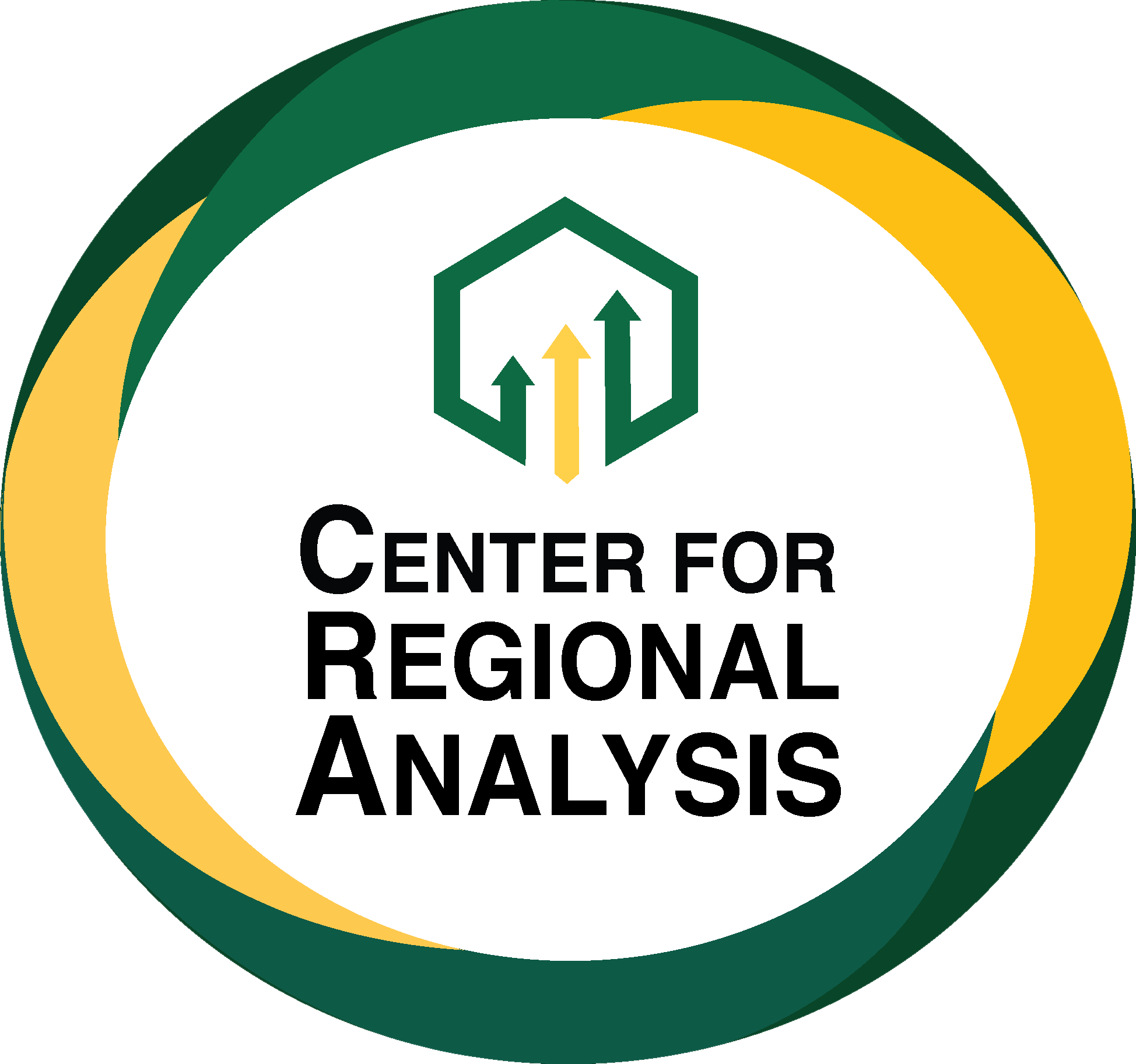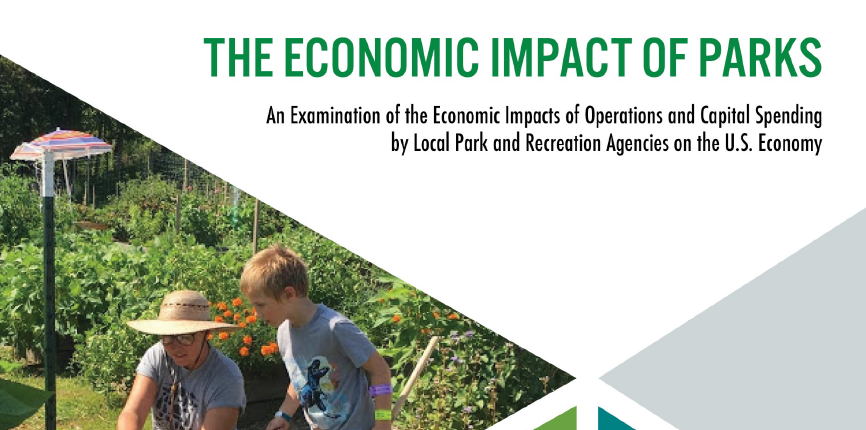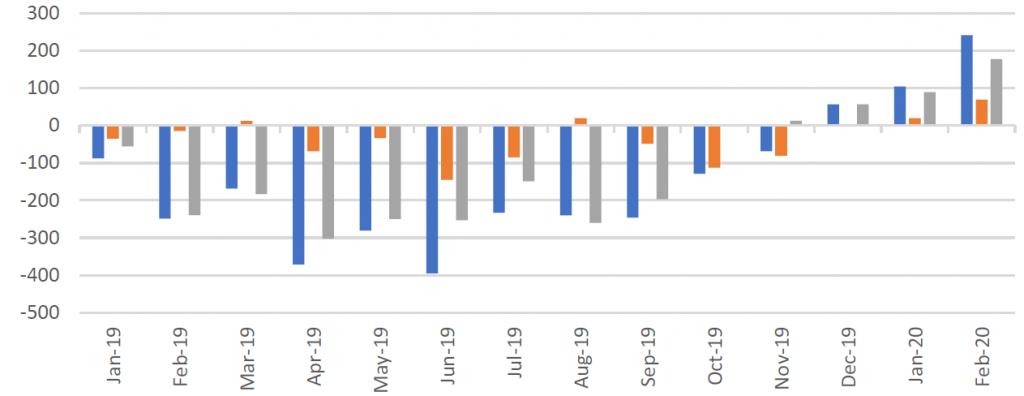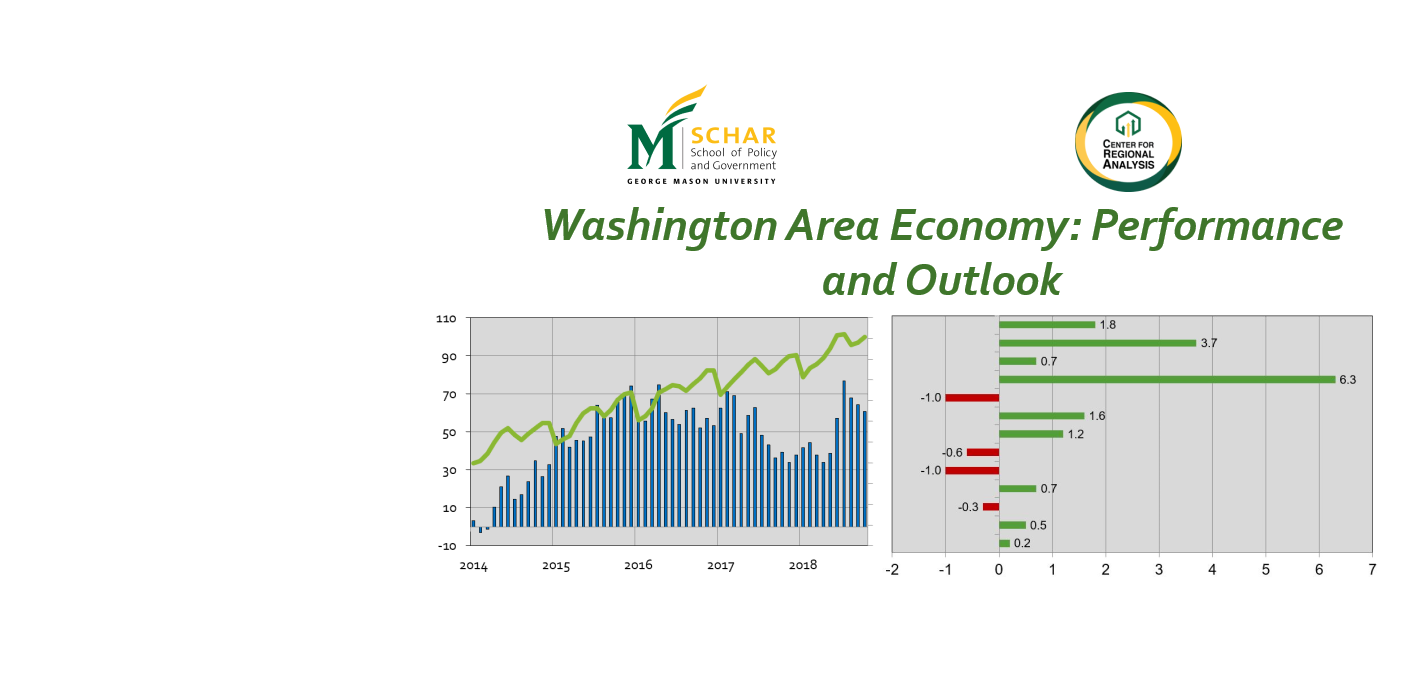This report details the outputs, economic impacts, and outcomes of the work for the National Recreation and Park Association (NRPA).
This research, conducted in direct collaboration with the research staff of the NRPA, examines the role that local parks play in 21st century local economic development, and adds to the growing body of evidence demonstrating that the benefits of parks extend well beyond their role as a public amenity and an enhancement to quality of life in their communities. In this research report, we present our analysis of the economic and fiscal impacts of local park and recreation system spending on state and national economies.










